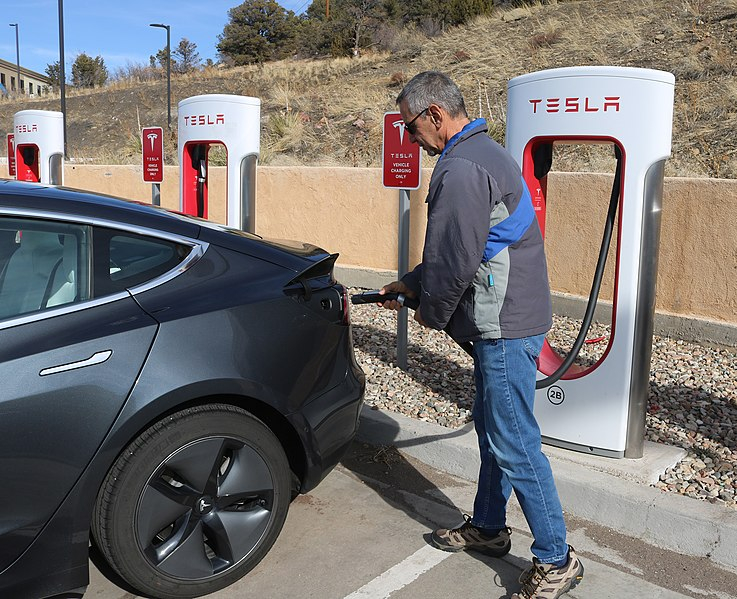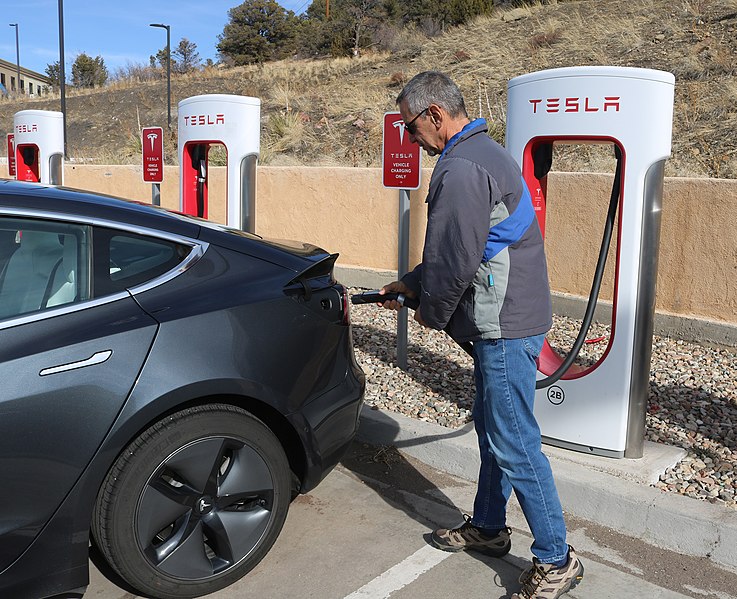Running out of charge
But what if you don’t have a home charging unit? Or you run out of juice before you get there? Where a dead phone battery is a nuisance, for sure, getting stranded along the highway is a step up on the inconvenience ladder. Luckily, your EV has some clever gimmicks built in to prevent this from happening. First and foremost, it’ll warn you when your charge is getting low. Keep on driving and it will automatically shift into ‘economy mode’, reducing the maximum speed while upping the regenerative breaking. If you’re still not lining up at the nearest charging point by then, frankly, you’re on your own…
Know your car’s compatibility
Unless you own a Tesla, in which case you’ll be heading for a Supercharger, you’re best off at a level 3 charging station. Here, charging is quicker (albeit a little more expensive) than elsewhere. Not all public charging locations have level 3 charging though, so you may be in for a longer break depending on where you plug in. Also, keep in mind that different charging stations require different connectors. Make sure you know which one you need – CHAdeMO or CCS/SAE for instance.
Finding a charging unit
If your car is internet-enabled, you can just switch on your satnav to find the nearest charging stations. Google Maps can help you out, too. Charging stations are run by networks, some local, some national (like ChargePoint or Blink). Furthermore, each network has a smartphone app that will help you locate their charging stations. Independent apps like ChargeHub and PlugShare help you search across all networks. Use a filter to exclude out any stations that aren’t compatible with your EV. The app will also tell you whether the chargers are free to use.
Powering up
Once you are parked at the charging unit, follow these simple steps: turn of the ignition, plug in the connector cable in both ends, activate the charger and wait for the car to be charged to the desired level. After that, you unplug, and off you go.
In order to activate and use a network charger, you’ll often need a membership to that particular network. The accompanying network app or radio frequency identification (RFID) card will then give you access. Level 3 chargers are quicker than level 2 home charging units, but you’ll still have to wait at least 30 minutes (depending on the model and make of your car) before you can get back on the road again.
Happy Driving!





